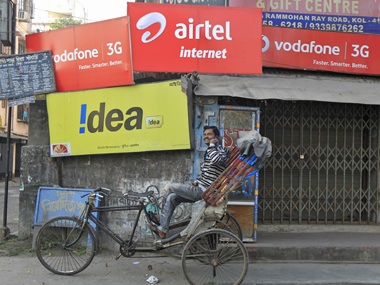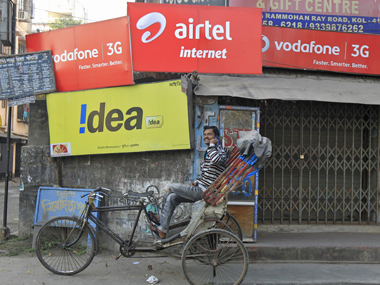Consolidation is the name of the game in today’s economy fueled by M&As. More and more companies today are relying on inorganic growth to gain a competitive edge. As organisations spread their wings across the globe via the M&A roadmap, CIOs often find themselves facing IT consolidation challenges to keep pace with the business deals and takeovers.
In addition to consolidation tasks, CIOs are faced with the additional burden of rising costs, increased need for agility, scalability and 24x7 availability. These factors are driving CIOs across verticals to improve utilisation and optimise IT resources.
Global Scale Necessitates Consolidation
Operating out of 21 locations spread across 13 countries, Essel Propack is among the leading players in the packaging and laminated tubes segment enjoying 32 percent of the global market share. Having grown by leaps and bounds, primarily through the inorganic route, it faced a major challenge in terms of consolidation of its IT infrastructure, which by virtue of its manner of growth, lay scattered across multiple geographies.
Each organisation that was acquired possessed its own IT infrastructure consisting of multiple servers and varied architecture with some geographies hosting more than one data centre. “The two main challenges that arose due to this dispersed infrastructure were standardisation of IT delivery and the high costs associated with maintenance of the infrastructure at individual locations,” explains Zoeb Adenwala, CIO, Essel Propack.
Virtualisation Boosts Utilisation
The first step taken to resolve this issue comprised consolidation of the various data centres. The company consolidated various ERP and mail servers into one centralised server farm, which was hosted by an Indian ISP. “We used server and storage virtualisation to reduce the number of physical servers and storage boxes,” says Adenwala.
For Active Directory and E-Mail services, Essel Propack deployed IBM blade servers with VMware’s ESX virtualisation technology running on Windows 2003 Enterprise Server. For the ERP application, the organisation utilised HP’s Unix 11i platform along with HP’s OS virtualisation technology and oracle 10g as the database. On the storage front, the company has deployed an SAN/NAS from HP.
Explaining the decision to deploy Blade Servers, Adenwala states, “As we had decided to host our servers with an ISP, the rack space saving that accompanies the deployment of Blade Servers has helped us achieve a considerable reduction of costs. Secondly, the management of Blade Servers is easier as compared to traditional servers. Finally, Blade Servers offer hardware redundancy, which is an added benefit”.
The decision to go with VMware as a provider of the virtualisation technology was driven by the fact that it is the market leader in the X'86 environment. “An impressive track record, first mover advantage in the virtualisation space and reliable after-sales support are the factors that prompted us to go with VMware,” says Adenwala.
Consolidation Process
The process of consolidation was started by monitoring the existing IT usage in each country. This information was utilised to design a centralised data centre, followed by server and storage virtualisation. Next, a robust WAN design using MPLS was put in place to ensure reliable and secure connectivity to the central data centre from all 21 global locations.
Once the design was finalised, the company created a centralised Active Directory structure and added locations from each geography in a phased manner to the central AD forest. This posed a huge challenge at each location as every desktop and laptop needed to be physically reconfigured.
The next step involved consolidation of all e-mail users in one centralised MS Exchange solution and additionally, the adoption of SAP as a common ERP platform across all locations. “Our priority was to ensure the least disturbance to business users of all these varied solutions,” says Adenwala.
Cost And Other Benefits
“These technologies helped us considerably reduce costs including hardware and software licencing costs and location-wise maintenance costs. We could also leverage the cost advantage of hosting our data centre in a low-cost location like India,” says Adenwala.
In addition to the benefits mentioned above, the ancillary benefits of this exercise included standardisation of IT practices across all global locations, followed by ease-of-management of this global infrastructure.


)




)
)
)
)
)
)
)
)